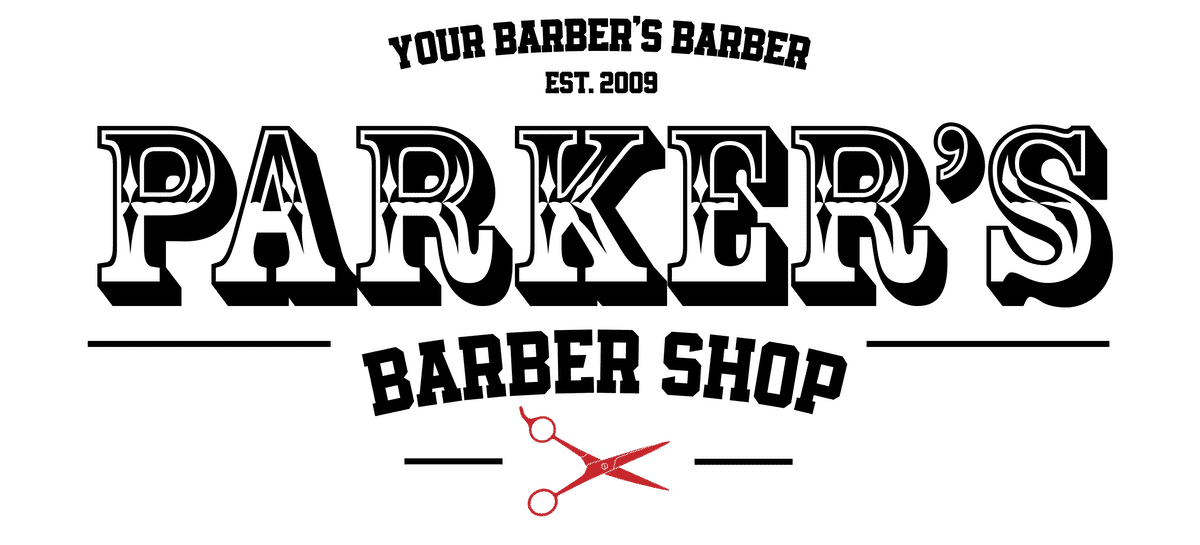Ensuring Patron Wellbeing Via Robust Wellness and Security Regulations within the Grooming Industry
Ensuring Patron Wellbeing Via Robust Wellness and Security Regulations within the Grooming Industry
Blog Article
This hair grooming industry plays a significant role in personal grooming and self-maintenance. Nonetheless, it is essential to prioritize the health and safety of both clients and barbers in this environment. Robust sanitation and protection standards are paramount for maintaining hygiene standards, avoiding incidents, and ensuring a favorable interaction for everyone involved. By following these regulations, barbers can establish a safe space that fosters trust and comfort among clients.
One key component of well-being and hygiene in grooming is sanitation. Barbers must comply with rigorous cleaning protocols, including regular cleaning of equipment and workstations. This involves sanitizing scissors, clippers, and combs after every use to remove the possibility of transmitting bacteria or infections. Additionally, professionals should use clean capes and towels for each client to maintain a hygienic setting. Applying these practices not only protects clients but also boosts the reputation of the barbering establishment.
Another critical requirement addresses the safe management of substances used in styling services. Items such as coloring agents, chemical straighteners, and other styling agents can pose risks if not managed correctly. Barbers must follow protective guidelines for the storage and application of these chemicals to prevent dermal reactions or sensitivities among customers. Using protective gear and ensuring sufficient airflow during treatments are essential steps that barbers should take to ensure client safety while delivering quality services.
Injury avoidance is also a key component of health and safety regulations in useful content barbering. Barbershops should be designed with safety in mind, minimizing hazards such as slippery floors or cluttered workspaces. Staff should be trained in emergency procedures, including how to handle cuts or click this site burns that may occur during service. Providing medical supplies and ensuring that all staff members know their locations is an excellent way to prepare for unexpected incidents. By prioritizing safety measures, barbers can create an environment where clients feel secure and cared for.
Finally, effective interaction is essential to supporting customer safety in the grooming profession. Barbers should consult patrons about their preferences and any potential risks associated with the services offered. This includes discussing sensitivities to chemicals or prior negative experiences reported by individuals. By fostering open dialogue, barbers can build trust with their customers while delivering that they get personalized care tailored to their individual requirements. In the end, upholding wellness and protection standards will lead to improved client satisfaction and a thriving barbering business.